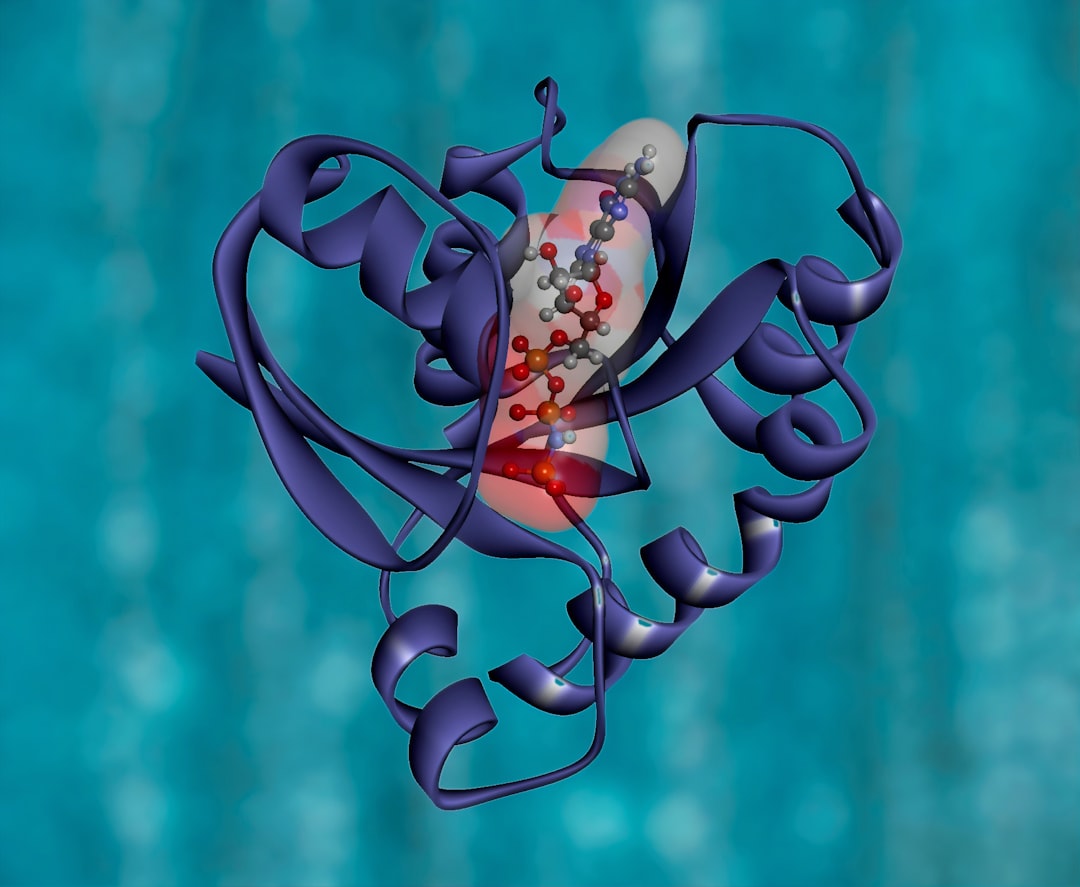What is it about?
Streptomyces can synthesize nanoodes from the element selenium supplied as selenium dioxide. Selenium nanorods showed anticancer acivity against some cell lines as Hep-G2 and MCF-7 human cancer cells (induces cell death). The treatment of human cancer using biologically synthesized nanoparticles has a promising future.
Featured Image
Why is it important?
Selenium is an important component of human diet and a number of studies have declared its chemopreventive and therapeutic properties against cancer. SNMs are potent anticancer agents, with a modest effect on normal cells.
Perspectives
I think that digging for biologically synthesized nanoparticles deserve more efforts and attention because different microorganisms can synthesize them with different properties and size. control of culture conditions to see how it could affect the parameters of the produced nanoparticles and also the post synthesis modification also deserve attention. Using microorganisms for the biosynthesis of nanoparticles in big scale is available which can reduce the price of their production making their application in cancer treatment is economic
Dr Magda M. Mehanni
Faculy of science
Read the Original
This page is a summary of: Anticancer activity of biostabilized selenium nanorods synthesized by Streptomyces bikiniensis strain Ess_amA-1, International Journal of Nanomedicine, May 2015, Dove Medical Press,
DOI: 10.2147/ijn.s82707.
You can read the full text:
Contributors
The following have contributed to this page










